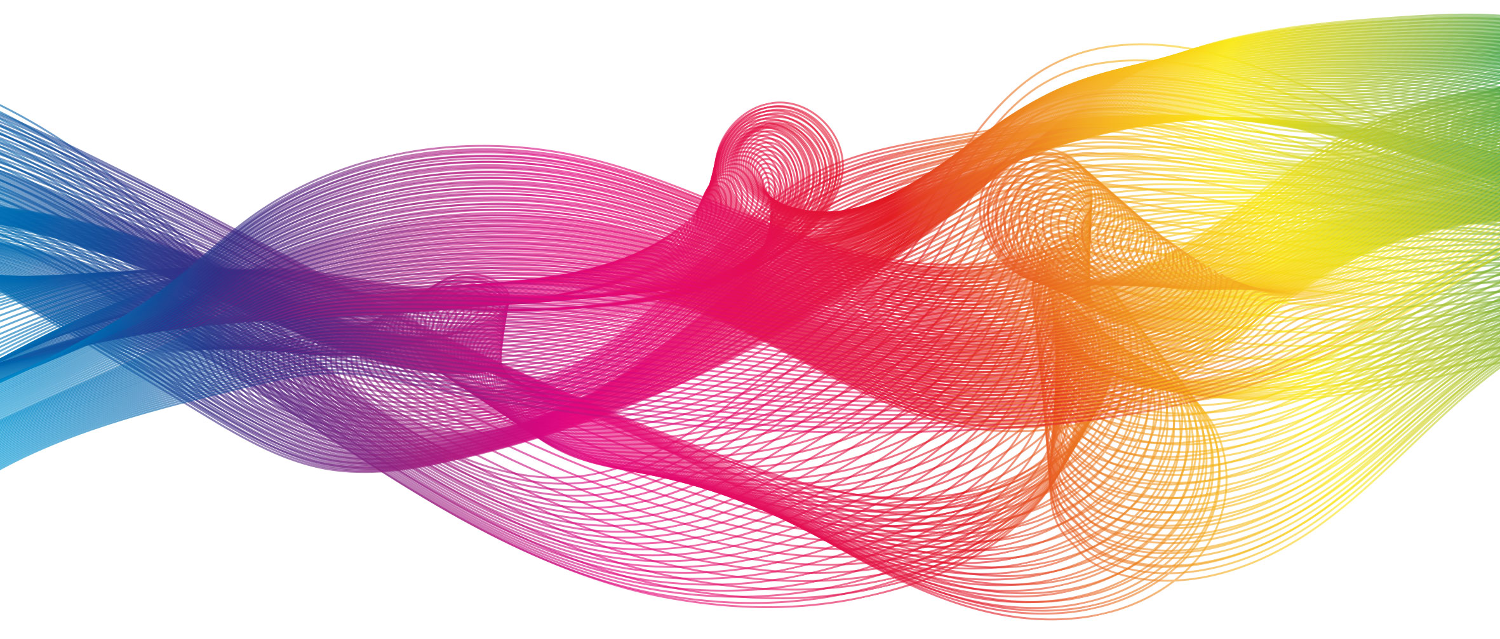Network members Prof. Dr. Andreas Hepp and Prof. Dr. Wiebke Loosen published the article “The interdisciplinarity of HMC: Rethinking communication, media, and agency” in the SAGE Handbook of Human-Machine Communication.
The article covers the following topics:
This chapter describes the study of human-machine-communication (HMC) as inherently interdisciplinary. This interdisciplinarity is significant in several ways: When considering interdisciplinarity’s scope, there exist narrow forms of correspondence with neighboring disciplines in media and communication studies as do broader connections with more diverse disciplines such as computer science. In regard to the types of interdisciplinarity, it must be taken into account that HMC already represents an interdisciplinary phenomenon for whose investigation the methodological and theoretical integration of approaches from different disciplines persists. When it comes to the goals of interdisciplinarity, HMC aims both at fundamental research (the so- called “epistemological orientation” of interdisciplinarity) and the application of this research, such as the development of “socio-compatible” communicative AI and communicative robots (the so-called “instrumental orientation” of interdisciplinarity). HMC’s requirement for cross-compatible approaches becomes most apparent when one keeps in mind that communicative AI and communicative robots challenge the three crucial foundational concepts of media and communication studies: communication, media, and agency. It is only through an interdisciplinary approach that the possibility of rethinking these concepts is solidified in the building of purposeful foundations for empirical research.
